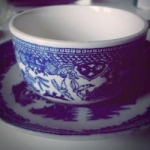In the late 1700s balls and dances were a big part of social life, from the grand balls held by nobility to smaller dances held in more rural areas. The book A New Weymouth Guide from 1797 about the area of Weymouth in England has a variety of sights listed, from where to park your bathing machine for a modest dip in the sea to where to attend a ball. Among the attractions and costs of sights was a list of rules for attending balls at castles and manors in the Weymouth area. One such castle is Lulworth Castle (seen below) an historic site in Dorset that was built in the early 1600s. While the original castle was destroyed by a fire in 1929, it has since been rebuilt. At the time the guide was published, visitors would have been dancing in the original castle.
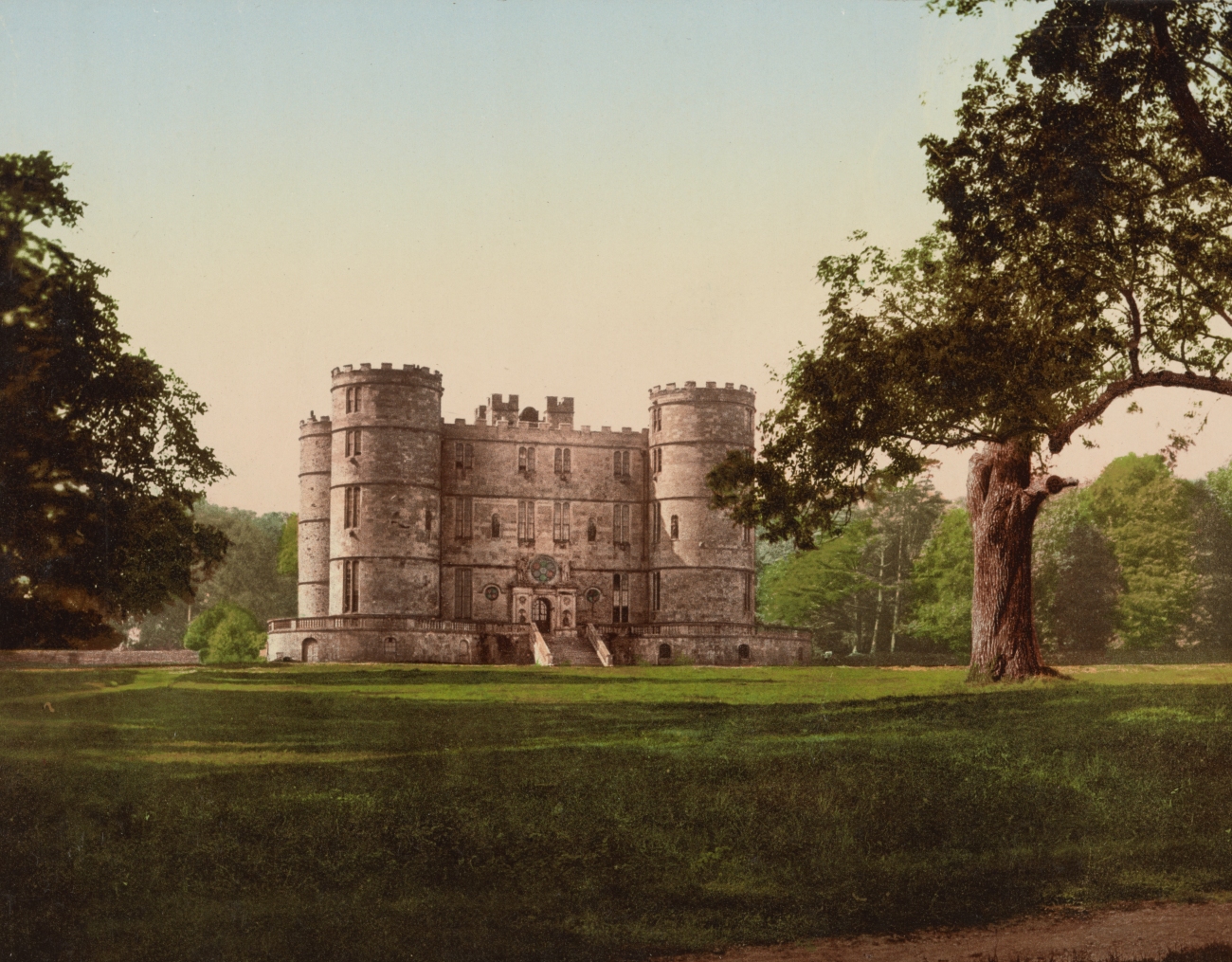
The list of rules for balls was written by T. Rodber, MC of the events, as it was “absolutely necessary…to have some regulation established: without which no order or decorum can be preserved.”
Rule 1: “That Gentlemen are not to appear in the rooms, neither on Tuesday or Friday evenings, in Boots; or Ladies in riding habits.”
Rule 2: “That the Ball shall begin as soon as possible after Seven o’Clock, and finish precisely at Eleven.”
Rule 3: “That Gentlemen and Ladies who dance down a Country Dance, shall not quit their places till the Dance is finished, unless they mean to dance no more the night.”
Rule 4: “That no Lady or Gentlemen be permitted to dance in colored Gloves.”
Rule 5: “That after a Lady has called a dance, and danced it down, her place in the next Dance is at the bottom.”
Rule 6: “That no tea table be carried into the Card Room.”
Rule 7: “That Gentlemen will be pleased to leave their Swords at the Door.”
Rule 8: “That no Dogs be admitted.”
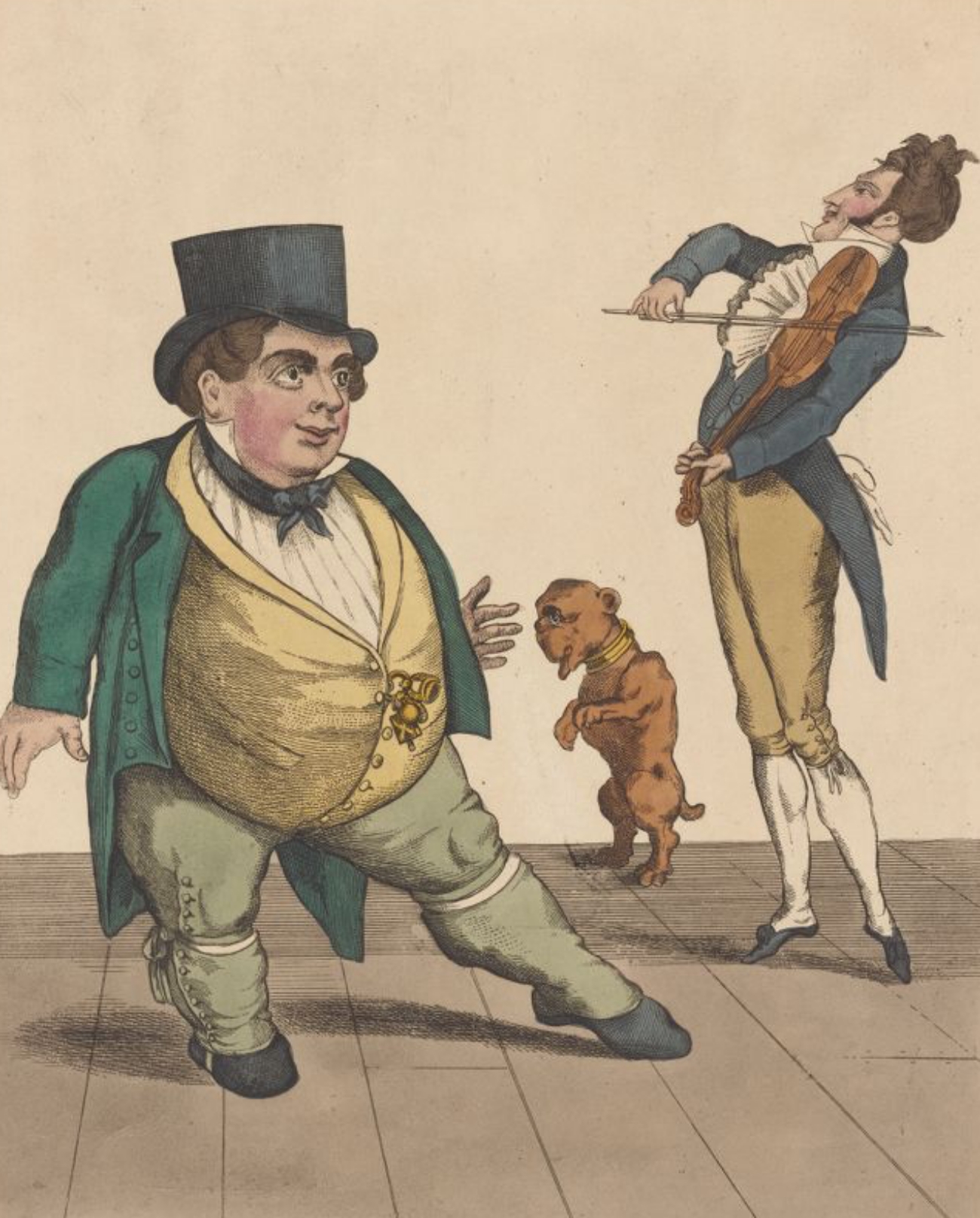
From the rules we can tell that some of the gentlemen were coming into balls in riding gear, with their hounds and swords, and moving furniture around. This does seem rather improper for a ball!
Meanwhile, the rules for the ladies include more in the way of dance etiquette and dress. At the time most dances done at events such as these would have been group dances like the Country dance (contra dance), the Cotillion, and the Scotch reel. Partners would swap, each new couple performing the same moves as the previous pairing. The elaborate steps including jumping, hops, kicking, and other athletic movements. This was done in groups of four or in a long line down the ballroom. If a person stopped midway or didn’t adhere to the rules, it could throw off the dance for the other guests.
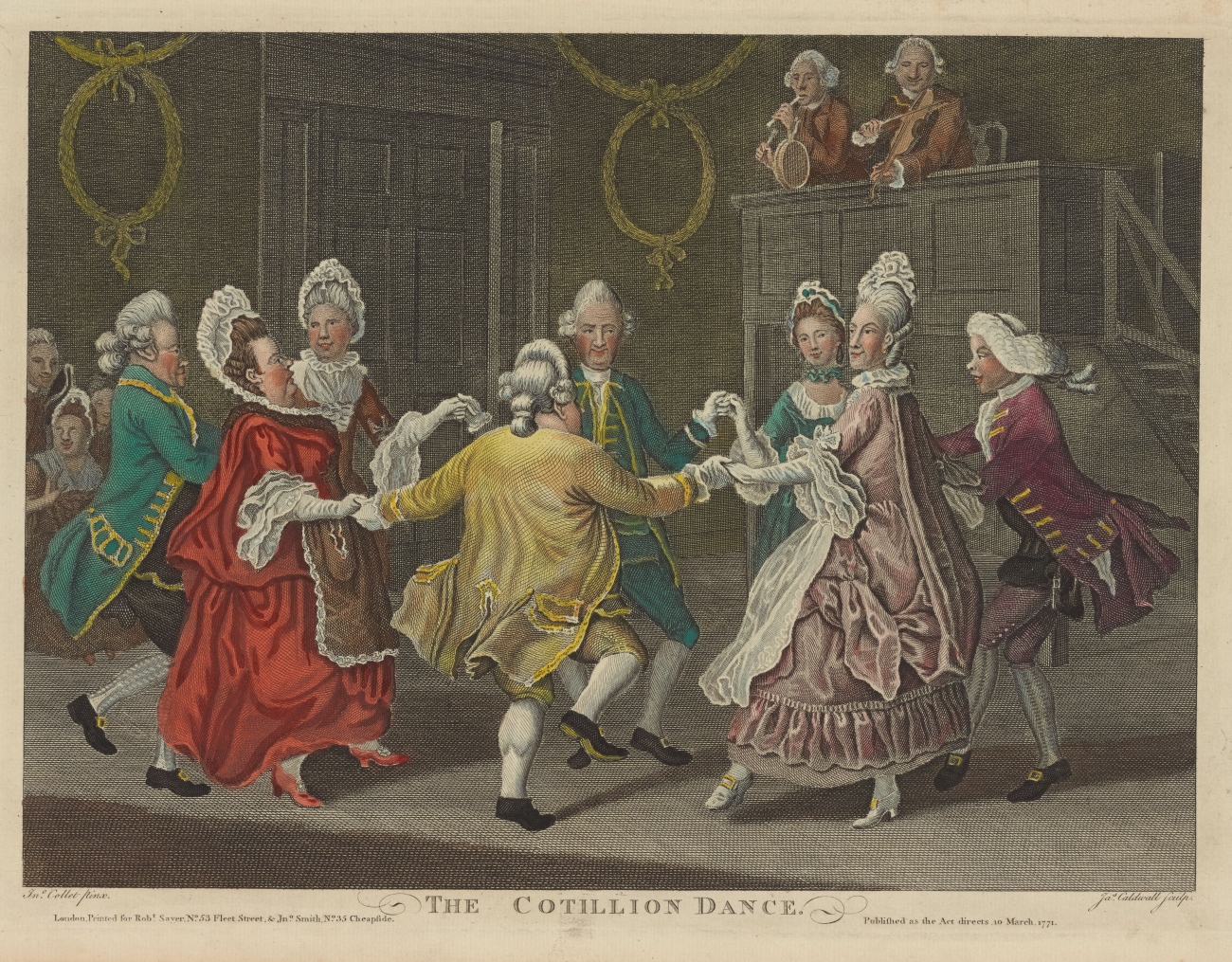
Since the custom was for the first couple to “call” the dance steps for the other dancers. As the lady moved down (“dancing down”) the male dancers in the group, she would not be permitted to go back to a position at the “top” of the dance again because she had already had her turn as part of the first couple.
Couples dancing (as opposed to group dances) such as the waltz was known at the time, but was considered too risqué for polite dances as it required dancers to be in constant contact with their partners. Not only that, but they were facing their partners the whole time.
However, some dances of the era combined elements of both with waltz steps done in contra dancing formations- thus embracing the fad without completely sacrificing tradition.
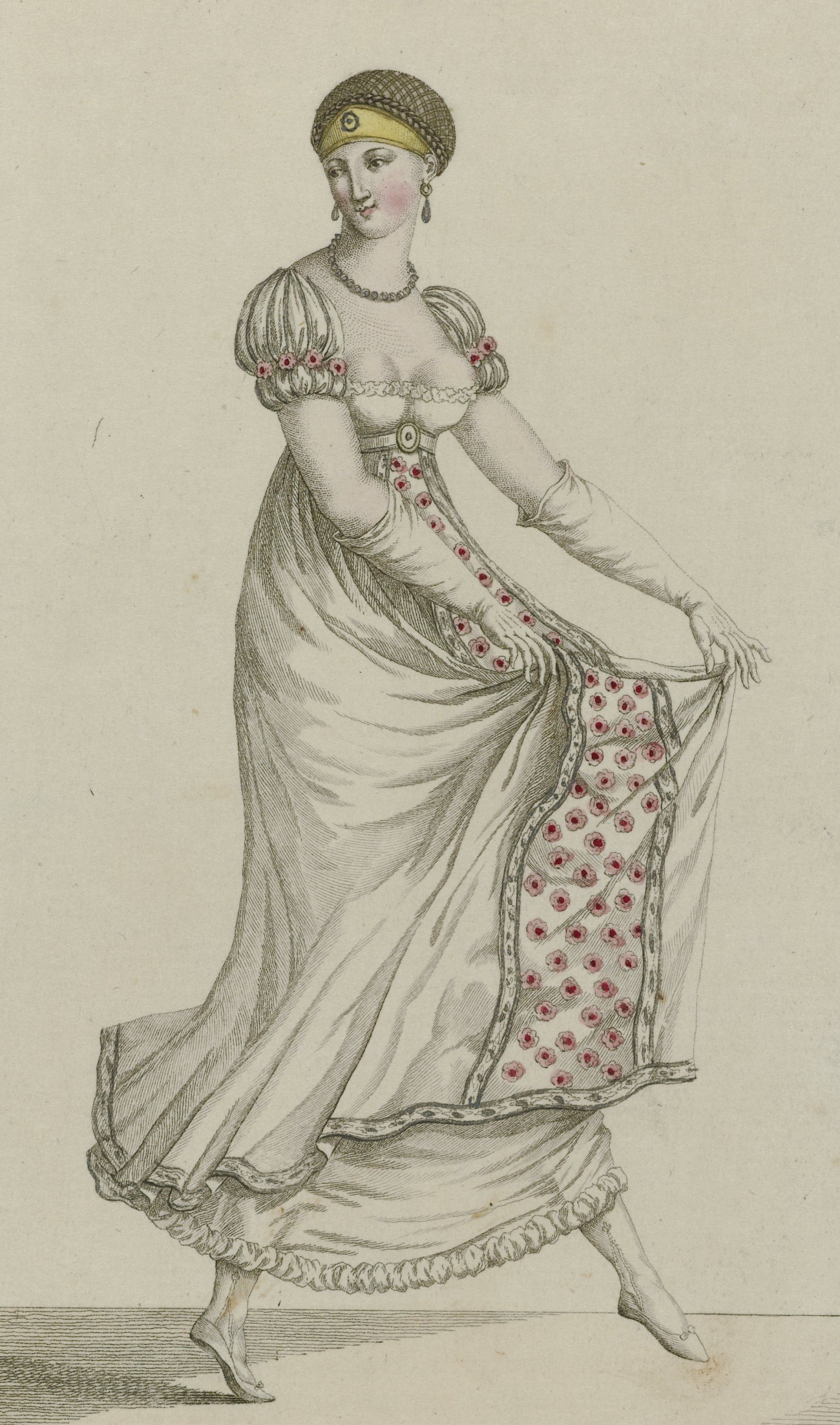
Neither ladies or gents were permitted to wear any gloves but white ones to the ball. White gloves were considered cleaner, though gloves were sold in many colors and fabrics at the time. However, the classic “clean pair of white gloves” were the best for polite gatherings.
As for the timing, that balls lasted only from 7 to 11 is interesting because in novels of the time some authors write of dancing into the wee hours. But, it probably varied by location how late any given ball could go. Realistically though 4 hours of vigorous high-stepping dance probably would have been enough for most people.
SKM: below-content placeholderWhizzco for DOT

